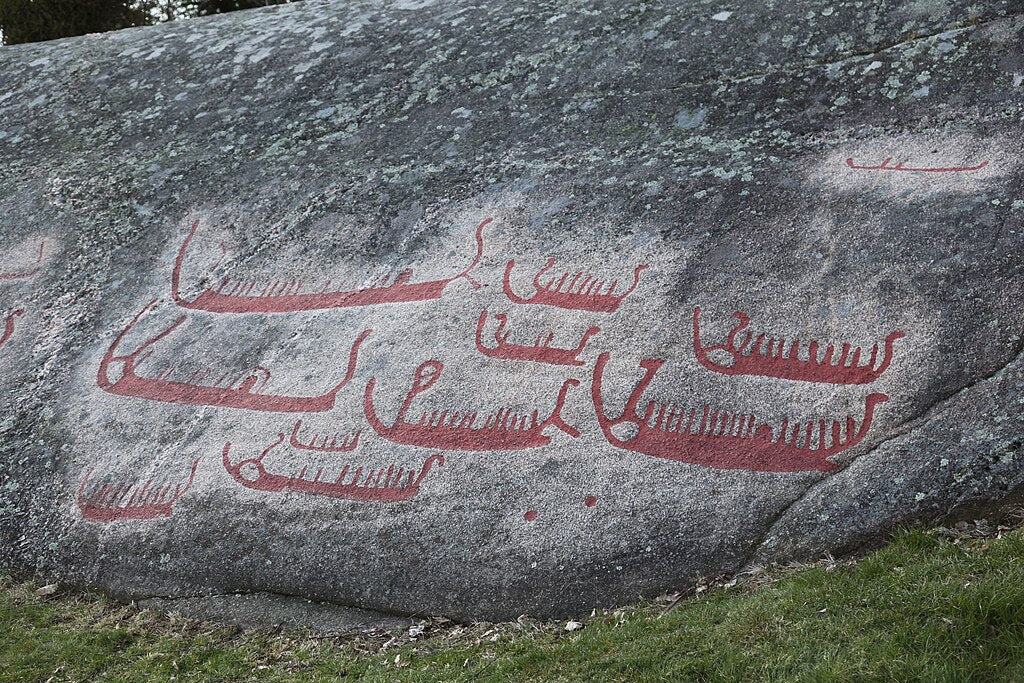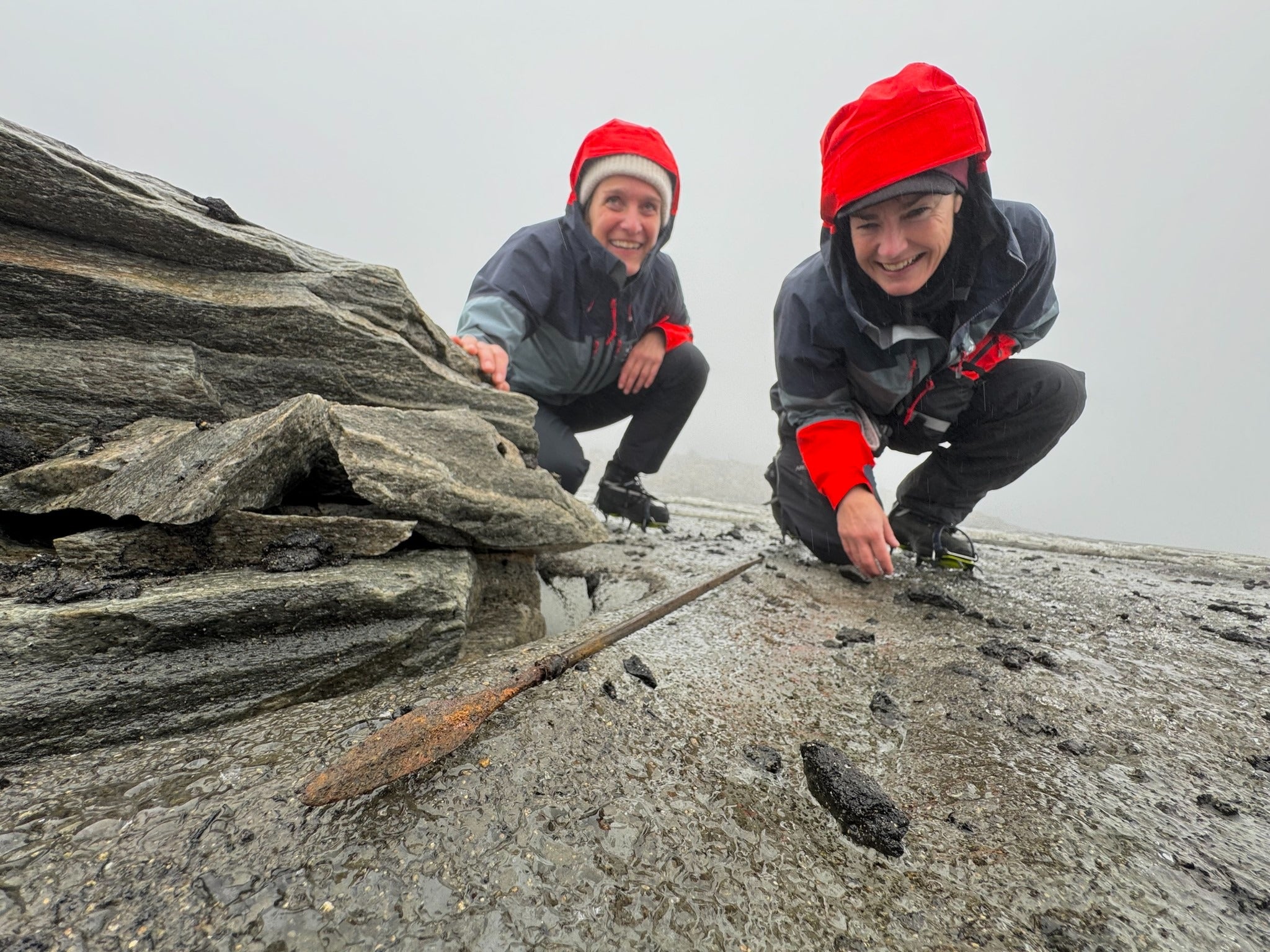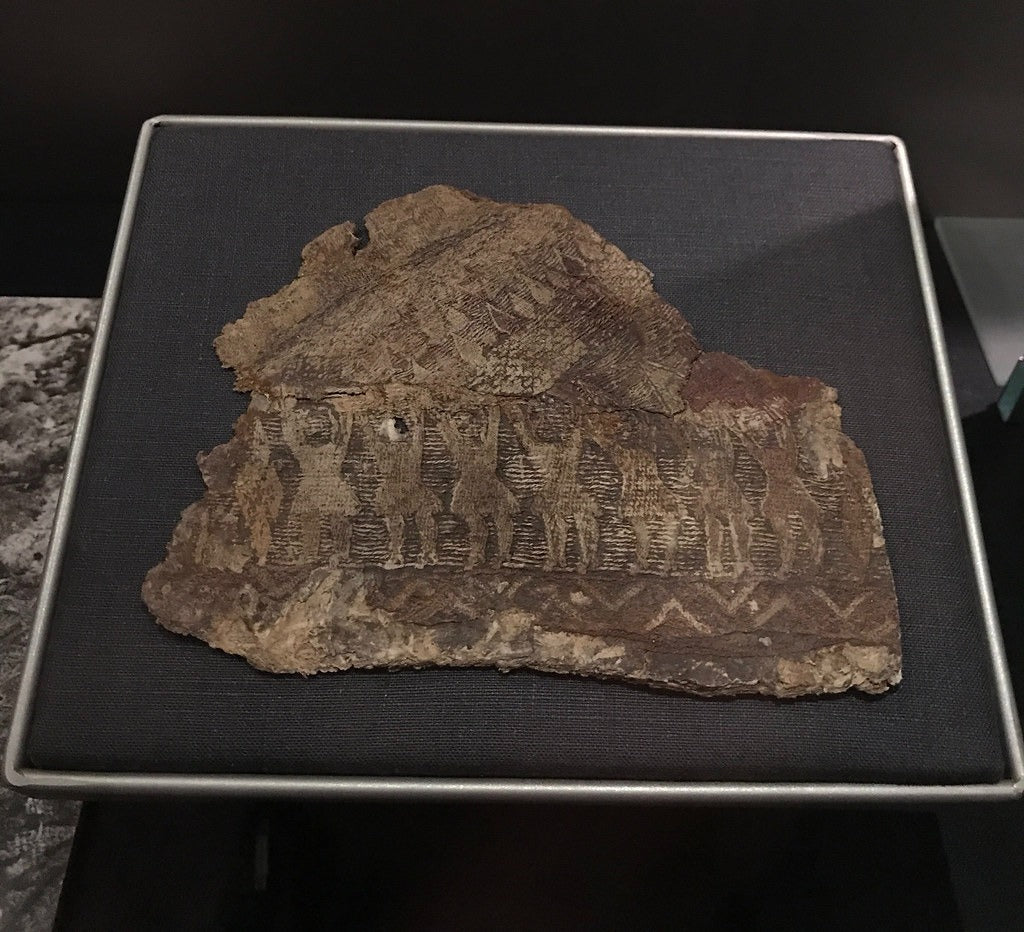
Modern Technology Decodes Viking Age Oseberg Tapestries
In a groundbreaking fusion of ancient artistry and cutting-edge technology, researchers are shedding new light on the enigmatic Oseberg tapestries, offering unprecedented insights into Viking Age culture and mythology. These fragile fragments, discovered in one of the world's most famous Viking burial mounds, are now at the center of an innovative project that aims to unravel their secrets using artificial intelligence and advanced imaging techniques.
The Oseberg Discovery: A Window into Viking Civilization
The Oseberg burial mound, unsealed in 1904 after over a millennium of silence, revealed a treasure trove of Viking artifacts, including the renowned Oseberg ship. Among the numerous precious objects were more than 100 tapestry fragments, providing a rare glimpse into the artistic and narrative traditions of 9th-century Norse society.
"Some graves contain small fragments of tapestries, but none contain full scenes like this," explains Professor Marianne Vedeler of the Museum of Cultural History in Oslo. These tapestries, though small in comparison to the famous Bayeux Tapestry, tell complex stories that have captivated researchers for over a century.
Decoding Ancient Narratives
One of the most intriguing fragments depicts a tree with figures hanging from its branches. "We see a tree with many branches and roots," Vedeler describes. "There might be nine men hanging from the branches here. That immediately brings to mind Yggdrasil."
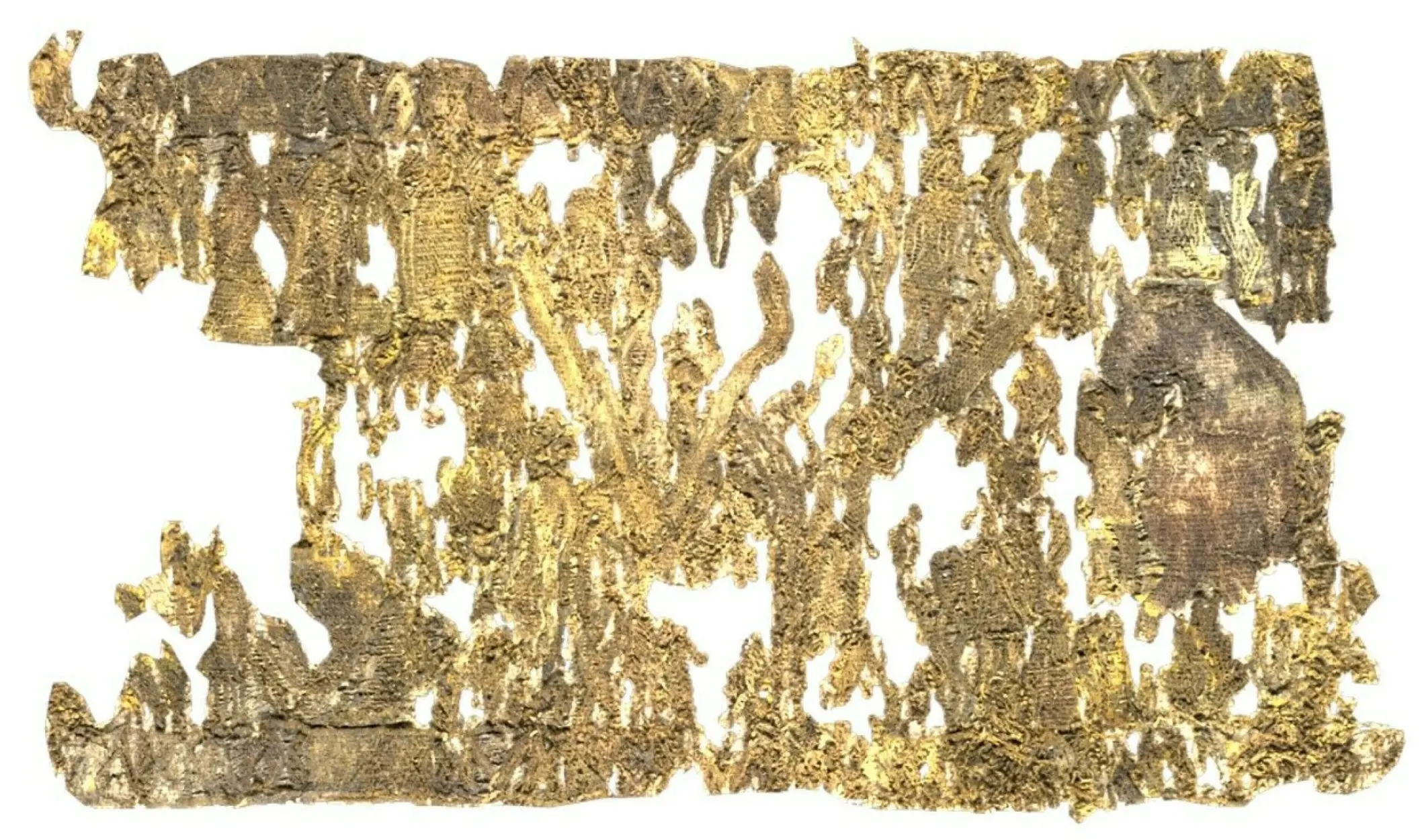
The poorly preserved fragmented displaying the figures hung upon the tree (Photo: Museum of Cultural History)
This imagery potentially references the world tree of Norse mythology, associated with tales of Odin's self-sacrifice and human offerings. The tapestry's grim yet fascinating motif offers a tangible connection to Viking religious beliefs and practices.
Other fragments showcase processions of wagons and people, battle scenes, and rows of figures moving from right to left. These intricate depictions provide valuable information about Viking Age clothing, customs, and social hierarchies.
The Challenge of Preservation and Interpretation
Despite their historical significance, the Oseberg tapestries present formidable challenges to researchers. Time has taken its toll on these delicate artifacts, leaving many fragments badly deteriorated and difficult to interpret.
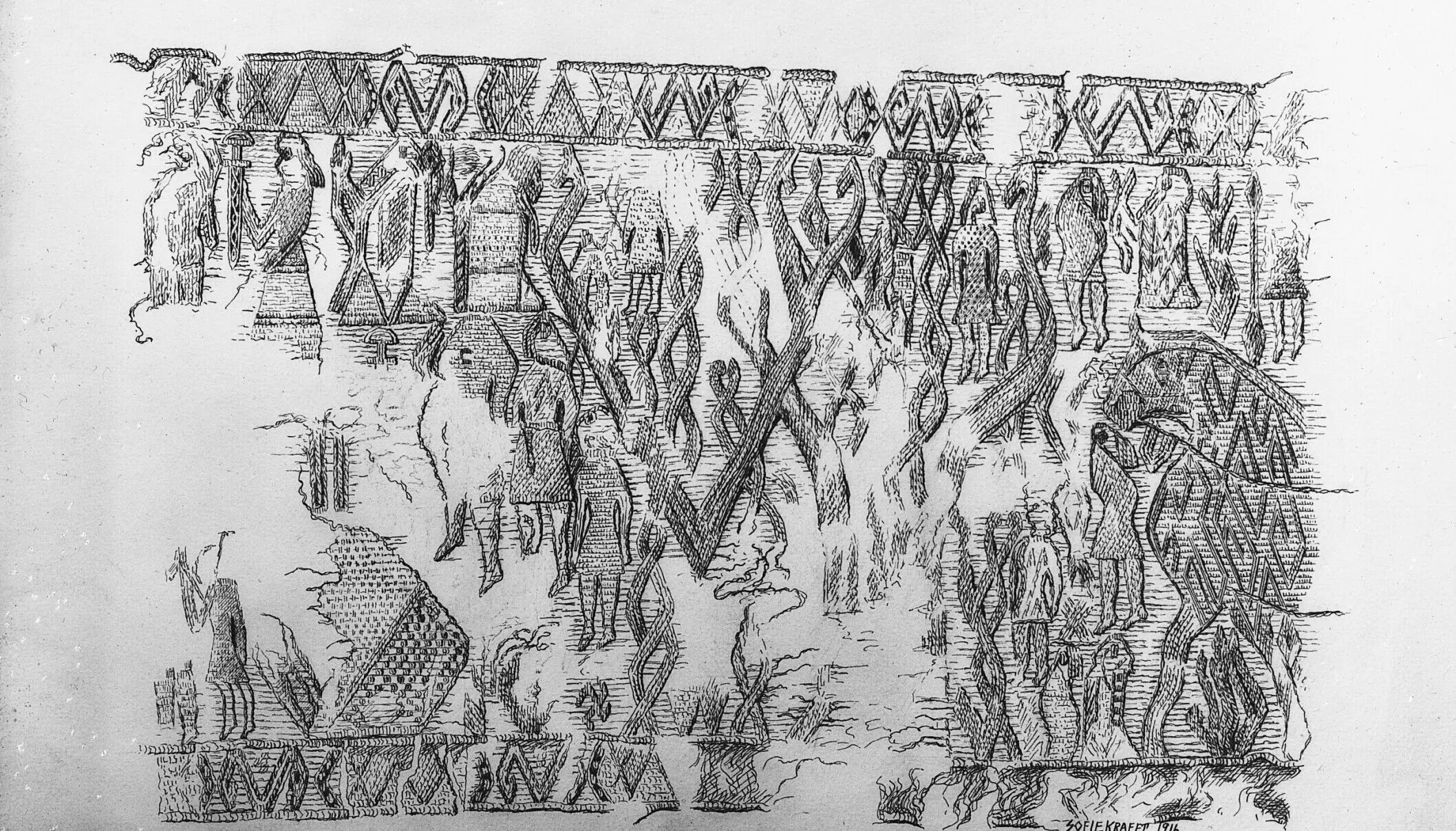
Artist Sofie Krafft's 1916 reconstruction of the fragment, depicting the tree and hanged men as she envisioned them. (Image: Museum of Cultural History / CC BY-SA 4.0)
"What I would really like to know more about is which pieces belong together, and what complete stories do they tell? Can we piece together a more cohesive narrative?" Vedeler ponders. This desire to reconstruct the tapestries' full narratives has led to an innovative approach combining traditional archaeology with cutting-edge technology.
Enter Artificial Intelligence: The TexRec Project
The ongoing TexRec research project is exploring whether artificial intelligence can be used to automatically piece the fragments together and identify matching pieces. Davit Gigilashvili, a postdoctoral researcher at NTNU's Department of Computer Science, is part of the team developing software to reassemble the tapestry fragments into larger images.
"Algorithms can learn to recognise different styles and motifs," Gigilashvili explains. "For example, human silhouettes might resemble one another, or two figures may look like warriors, indicating that the fragments could belong to the same battle scene."
However, the unique nature of these artifacts poses significant challenges for AI applications. Unlike large image datasets used to train conventional AI models, there simply isn't enough comparable data for ancient, woven archaeological textiles.
Innovative Solutions and Future Prospects
Despite these obstacles, the TexRec project has made significant strides. The team has developed software that treats the fragments like puzzle pieces, allowing researchers to manipulate and compare them digitally. Additionally, they've implemented color filtering techniques to enhance visibility of faded details.
"We can adjust contrast or manipulate colours to bring out details that are difficult to see. Certain colour filters can make the remaining details in the images visible to the naked eye," Gigilashvili notes.
While it's unlikely that computers will automatically solve the entire tapestry puzzle, these technological advancements are providing researchers with powerful new tools to aid in their interpretations.
A Glimpse into Viking Society and Beliefs
The Oseberg tapestries offer more than just artistic value; they provide crucial insights into Viking Age society. The depictions of women wielding swords while wearing dresses with trains, for instance, challenge our understanding of gender roles in Norse culture.

Furthermore, the presence of swastikas in the tapestries – an ancient symbol predating its 20th-century associations – raises intriguing questions about symbolism and cultural exchange in the Viking world.
Looking Ahead: The Future of Viking Textile Studies
As work continues on decoding the Oseberg tapestries, researchers remain optimistic about uncovering more of their secrets before they are exhibited at the new Viking Ship Museum. The combination of traditional archaeological expertise and innovative technologies promises to reveal new chapters in our understanding of Viking civilization.
These ancient threads, woven over a millennium ago, continue to connect us to our past, offering a tangible link to the stories, beliefs, and daily lives of our Norse ancestors. As technology advances, we can look forward to even more revelations from these remarkable artifacts, further illuminating the rich tapestry of Viking Age culture.
References
Lasse Biørnstad (25th Septemeber 2024) Nine men who may have been sacrificed – modern technology aims to uncover more from the Oseberg tapestries / Retrieved from: https://www.sciencenorway.no/acheology-viking-age/nine-men-who-may-have-been-sacrificed-modern-technology-aims-to-uncover-more-from-the-oseberg-tapestries/2411264
"Tapestry from Oseberg Viking Burial II" by A.Davey is licensed under CC BY-NC-ND 2.0.
"Tapestry from Oseberg Viking Burial" by A.Davey is licensed under CC BY-NC-ND 2.0.
